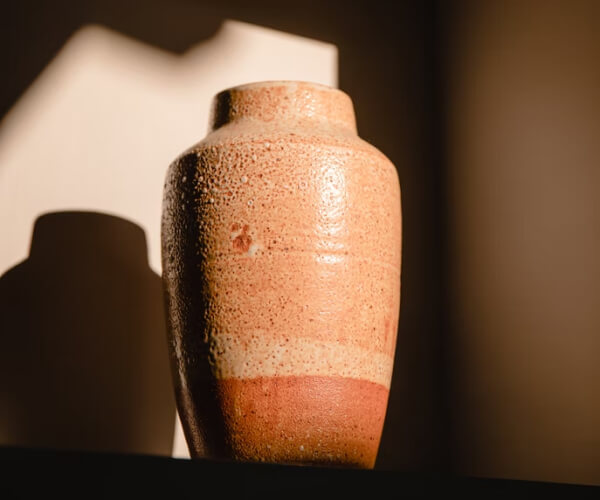Different ways of griefing
People and their relationships are all different, and so too are the manifestations of grief and the ways in which each person processes the loss of a close relative or friend.
Sometimes grief may be overcome relatively quickly, but usually a longer period of time is needed before emotional equilibrium is restored.
Contact us even in urgent situations
The concept of stages of grief
Grief research has long accepted that a grieving person goes through stages of grief, from initial denial to ultimate acceptance of the loss. Elisabeth Kübler-Ross developed a “phase model” to describe the process of grieving: from the initial phase of shock, accompanied by confusion and forgetfulness, to the subsequent extremely volatile phase in which fierce emotions such as fear, despair, guilt and rage may erupt. During the third phase of grief, according to the phase model, the bereaved gradually comes to accept their loss. The fourth phase is characterised by a new beginning in which a person finds the energy to go on actively living their life.
The phase model has been called into question by the findings of modern grief research, as those affected often experience grief quite differently from the sequence described in the model. Some mourners go through the phases in a very short space of time and are soon able to resume their normal daily life. Others grieve for a very long time and do not go through the phases in the clear sequence indicated by the model. Many of those affected cannot even confirm that their grief is following a process of phases.
Most recent findings in grief research
Clinical psychologist George Bonnano has been systematically investigating the effects of grief for twenty years. His findings indicate not so much a sequence of phases, but more of a “wave-form” process of grief: the pain of loss comes and goes and, for most people, diminishes over time. According to Bonnano, most sufferers have a natural resistance which enables them to overcome their loss. This resistance, which he calls “resilience”, comes into play when psychologically healthy people experience grief, and enables them to carry on relatively well with their daily life even after the loss of someone very close. This does not mean, by any means, that they did not care for or love the deceased. They are, however, in a position to process their sorrow and suppress their feelings of grief (see George Bonnano, “The Other Side of Sadness: Overcoming the Pain of Loss and Trauma through Inner Strength”, 1st ed., January 2012).
Conclusion
How grief is actually experienced depends on a great number of factors. There is really no “right” way to grieve. People have many different capabilities and handle grief in very different ways. Nevertheless, it can be helpful in a sorrowful situation to follow certain patterns of behaviour. Read more on our bereavement support page.
Contact us!
In the event of a bereavement, we advise you around the clock on the burial in Vienna
Counsel

Urn at home
Many people find it easier to process their grief if they are able to remain close to the deceased, even after their death. In this case, you have the option of avoiding a funeral at the cemetery and keeping the urn at your home.

Urn Burial
Cremation, or incineration, is an alternative to burial. In this case, the body is placed in a wooden casket and burned.

Angel babies
Infants who die during pregnancy or at birth are known as “angel babies”. We will assist if you wish to hold a funeral ceremony in Vienna for an angel baby, and we will keep the expenses of such a ceremony to a minimum.

